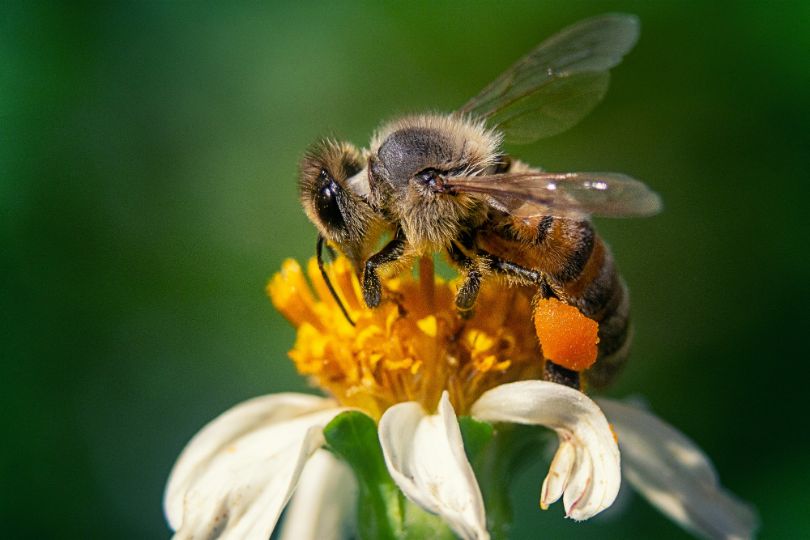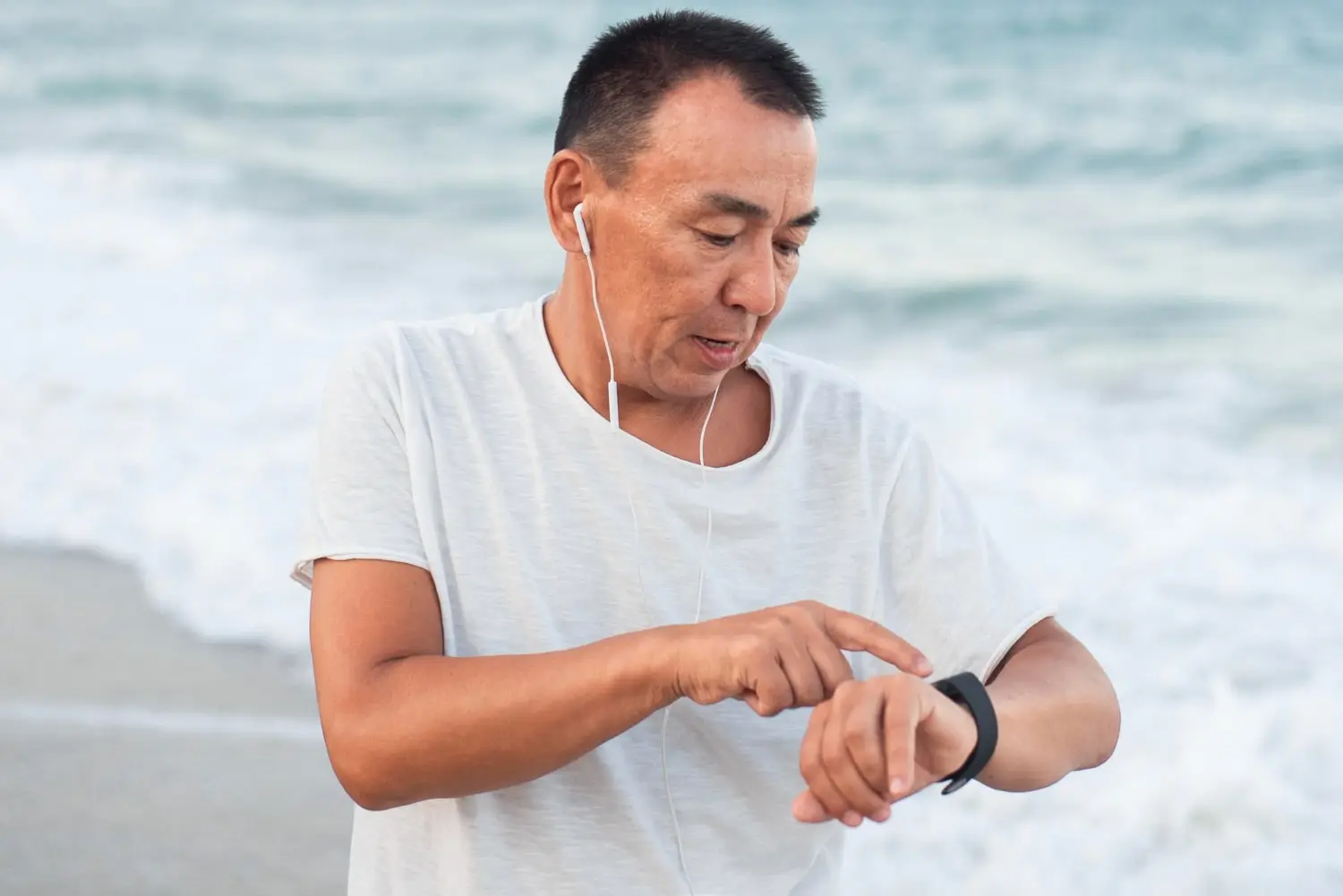Whether you’re an avid nature enthusiast, a parent concerned about your child’s outdoor adventures, or someone who’s had a recent brush with a bee, this blog post is your go-to guide for navigating the world of bee stings. Bee stings can happen to the best of us, but fear not! In the following paragraphs, we’ll explore effective ways to prevent bee stings and share soothing remedies for those who’ve already experienced the uninvited jab.
Bee stings are painful and can be lethal if the sufferer has allergies to bee stings. Always remember that after being stung, the first thing you should do is to get away from the bee. Bees emit a smell attracting other bees when they are in danger. Next you should remove the stinger. Do not scrape it off, but rather try to pull it out. The faster you remove the stinger, the less severe the reaction will be.
Home treatment for Bee and Wasp stings
If you’re struggling with the pain of a bee or wasp sting at home, fret not as you can try some effective home remedies. Want to know about them? Well, here are some home treatments that can make you feel better. It might also shrink the puffiness from those annoying bug bites.
Cold compress
Cold compress is among the most used honeybee bite treatment home remedies. The cold compress can reduce your inflammation. It provides a numbing effect, giving you relief from the pain.
Baking Soda
Create a paste by mixing baking soda with a few drops of water and apply it to the sting. This paste can help you by neutralizing the acidic venom from the bee. It is another common method for bee sting treatment at home.
Honey
Dab little honey on the affected area and cover with a clean bandage. It reduces the risk of infection.
Honey boasts natural antibacterial properties. Yes, you heard it right!
Onion Slice
Cut a slice of fresh onion and place the slice over the sting area. You might find it surprising, but a fresh onion slice can actually help with a bee bite. Onions are your go-to remedy because they can reduce pain and swelling at the same time.
Toothpaste
Apply plain white toothpaste to the sting area. It can help soothe your discomfort and take the edge off the sting.
Medical treatment for Bee and Wasp stings
If you’re allergic to bee stings, look for an EpiPen. But if you don’t have an EpiPen, call 911 right away. Also, pay attention to any signs of itching, redness, hives, or difficulty breathing.
If you’re not allergic to bees and you get stung, don’t worry too much. The pain should go away, and any swelling should only last a day or two. Moreover, you can help by applying an ice pack to reduce the swelling. If you feel itchy, consider using antihistamines and lotion to ease the itchiness.
If you happen to get stung by lots of bees keep an eye out for a couple of things. If there are more than 10 stings, it’s a smart move to head to the hospital. The same should be the case when a bee stings you on your nose, mouth, or throat.
Related Products – Aveeno Soothing Bath Treatment, Labello Nivea Soothing Care Spf15
Can you get a scar from a Bee sting?
You might be wondering if bee stings can lead to scars. Well, it’s not something that happens very often. But it’s good to know that the extent of scarring can vary depending on factors. It includes your skin type, how you perform bee sting allergy treatment and how well your body heals.
According to the American Academy of Dermatology, most bee stings can cause you temporary discomfort. Although, they subside within a few hours to a few days. But here’s the thing: in certain situations, scarring might rear its ugly head. It is especially true when the bee sting gets infected.
So, if you notice the wasp sting swelling after 48 hours, it’s a good idea for you to reach out to your doctor.
It’s important to remember that if you scratch or pick at the sting, you’re more likely to end up with scars. Plus, scratching can introduce bacteria. It can make infection a real possibility and leave a lasting mark. Apart from this, it also depends on how long does bee venom stay in your system.
So, to reduce the risk of scarring, make sure to keep the area clean. If you see any signs of infection don’t hesitate to seek medical help. It includes signs like increased redness, swelling, or pus. Keep in mind, bee sting scarring is possible, but not with everyone.
Conclusion
You should know that only honeybees leave a stinger behind. Wasps and hornets do not leave a stinger (so don’t be looking to pull one out). But they can still cause an anaphylactic reaction.
You can use a few tricks to avoid bees altogether. For instance, you can avoid fragrances like body spray, scented soaps, and hair sprays. Then, you can avoid bright clothing with floral designs. When you keep these points in mind, you can outsmart some bees. Other than that, you should be cautious when drinking from a soda can. Bees can climb in and give you a shocking and painful surprise when you take a drink.
References
2017. Home Remedies: Stung By A Bee. Medical Xpress. https://medicalxpress.com/news/2017-08-home-remedies-stung-bee.pdf
2018. The Bees Sting. Research Gate. https://www.researchgate.net/publication/320226794_The_bee%27s_sting
2012. Mosquito Bites & Bee Stings. California College of Ayurveda. https://www.ayurvedacollege.com/wp-content/uploads/2017/06/Mosquito-Bites-KJohnson.pdf







